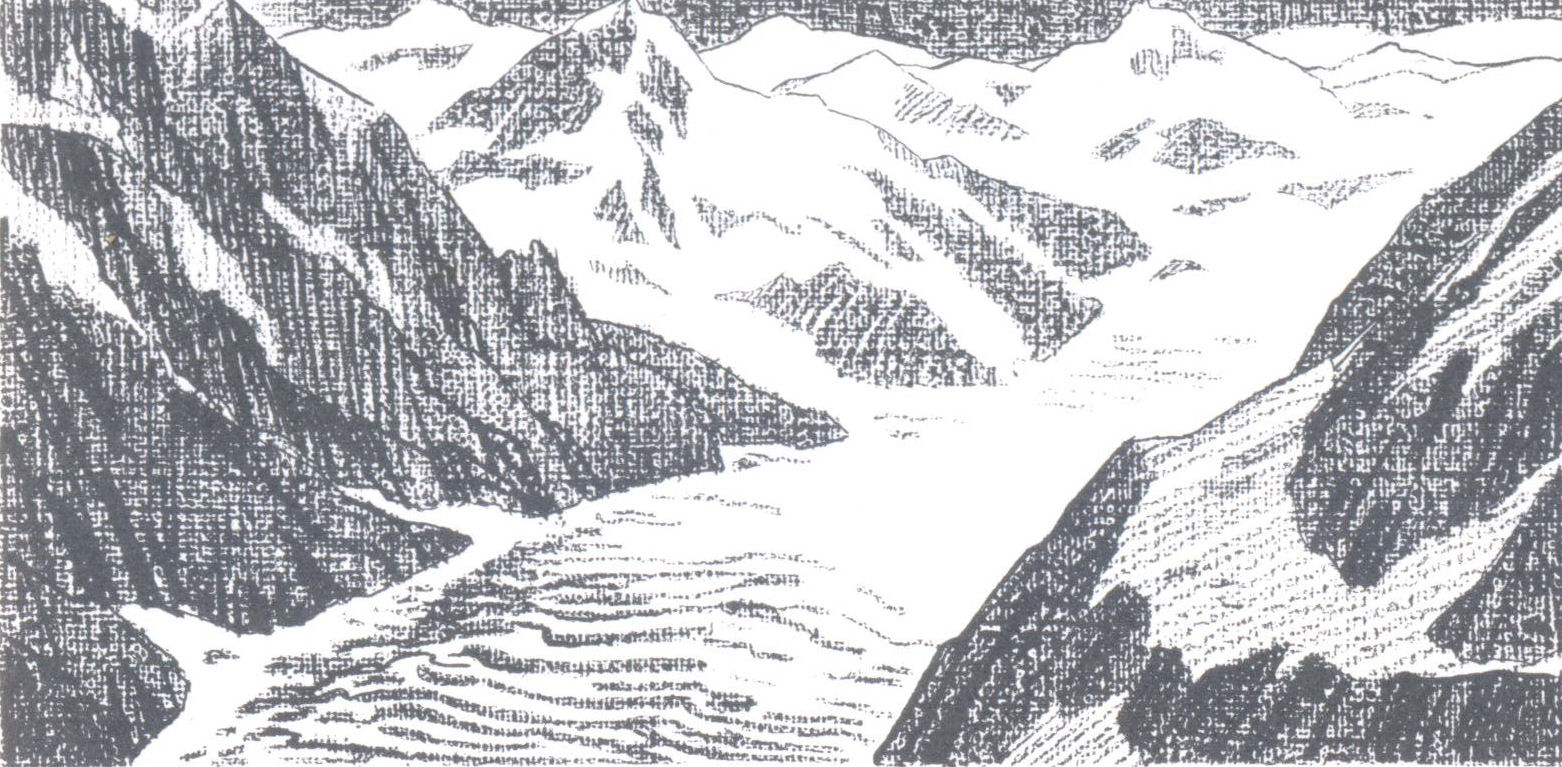31.WHAT IS EROSION?
Erosion is the process whereby the surface of the earth is slowly being worn away. The rain falls on the soft ground and runs off in streams and rivers thick with mud. The wind, scooping earth from the fields, drives sand and dust before it. Swirling currents along the shores of rivers and lakes, and the beating waves, eat away at the clay banks. They grind sand and stones against the rock cliffs, reducing the rock to sand and the sand to finer sand. Then they carry it all out to the sea.
This is erosion. It has produced some of the wonders of the world, such as the Grand Canyon in Arizona. But erosion has its grim side as well. In the late 1930’s, it made the fertile plains of Kansas, Oklahoma, and Texas into the Dust Bowl, leaving thousands of people homeless.
Water is responsible for most of the erosion in the world. It seeps into the cracks of the solid rock, and when it freezes, it cracks the rock apart. After years of this, the rock breaks up into soil. Then the soil is washed away.
Rain is soaked up by the ground until the ground is wet. What is left runs over the surface, down the little gullies into the streams, and down to the rivers. It always carries fine dirt along as mud.
Streams dig the valley they flow in slowly, over many thousands of years. The valleys widen and meet. The land is worn down sometimes almost to sea level by the forces of erosion.
Wind also helps the process of erosion, but it works more slowly than water. In ancient times, much erosion was done by glaciers, which ground away the sides of valleys.
American farming has suffered a great deal from the process of erosion. The farmers didn’t realize that their precious topsoil was being carried away. Or they didn’t know how to stop it. They plowed the soil deep, and the new surface they turned over was subsoil. It quickly dried to dust and blew away.
Today, new methods of farming help prevent the damage of erosion. For one thing, farmers don’t use the plow so much any more. They leave the litter of the wheat and corn crops on the surface, which helps keep the soil there. On rolling land, they cultivate across the slopes, instead of up and down. This is called contour plowing, and there are no furrows running downhill to carry the water away. Today, farmers have learned many ways to protect the precious soil and prevent it from being blown or washed away by erosion!



Leave a Reply